Horticultural Beans
jimster
16 years ago
Featured Answer
Comments (25)
zeedman Zone 5 Wisconsin
16 years agolast modified: 9 years agojimster
16 years agolast modified: 9 years agoRelated Discussions
Ever heard of a Quail's Head horticultural bean?
Comments (7)Thanks for the help, everyone! Aftermidnight, I had also come across the name "Rachel" in a couple old documents, too. Not sure if it's the same thing or just a similar cultivar. Jimster, I had read that thread on horitcultural beans when I began my search. I had no idea the term was so contentious! And thanks to Drloyd and BlueJay for the SSE suggestion. I think I will contact them and see if it's still around. It never hurts to ask!...See MoreBeans 101: Greasy, Horticultural, Cornfield
Comments (3)As has been stated "Greasy" beans are named for the appearance of the pod. There are quite a few listed among "heirlooms" but none among among commercial cultivars. Horticultural beans are as noted most favored for green shellies. Several of them are suitable for snaps (altho a bit mealy for my taste. Available commercially as either bush or pole. They are also good as dried beans, a little sweeter than other types. Horticulturals are generally considered multi-purpose beans. A popular cultivar is Dwarf Horticultural (Taylor Strain) . These are are sold in the dried bean section of the grocery store as either Horticltural or Cranberry beans. There are several pole types but the old Mammoth Horticultural is the only one that I have grown. It is not a good snap bean Cornfield beans as noted are older vigorous pole beans. All are string beans ( you have to remove the strings to use them as snap beans)...See MoreWhy Canned 'Horticultural Beans' Aren't on Store Shelves.
Comments (1)Probably insuffienct demand. The shelf space relegated to canned goods has been on a downward spiral for several years. Groceries here carry them as dried beans but sometimes alternate with the similar flavored cranberry beans. There are multiple varieties in each category so finding the exact one your mother grew, will require that you remember some detail. They come in both bush and pole form, but only bush is grown for commercial purposes....See MoreIncredible EDIBLES 2009 Events
Comments (61)Just bumping this one up here. Kathy, are you still hosting a swap for September? If this is not a go, then I can just combine the IE and IH swap as one, for the Ethnic swap, this way it can give people a break and have only one swap. As said in the IH event thread, it seems pretty much a go to make the Ethnic swap this month for IH (and IE if noone is hosting this month), and do a mass bean swap hosted my me in November here for IE, since November will be a better time to do a bean swap, since it is still early for a bean harvest. I am hosting both, so it should have no confusion or change anything anyone else is hosting or doing. With the bean swap, the usual post for sign ups, if in November, would be early October, however, I will probably post a little earlier than usual like I did with the mass tomato swap to get a good sign up. I think the bean swap would be a good way to get others to participate, instead of just our usual group of people. So, even though I would have the send in by date in later October, and have all the beans sent back out to everyone in November, I may start sign ups for it in September. Does that sound ok?...See Morejimster
16 years agolast modified: 9 years agohairymooseknuckles
16 years agolast modified: 9 years agozeedman Zone 5 Wisconsin
16 years agolast modified: 9 years agojimster
16 years agolast modified: 9 years agojimster
16 years agolast modified: 9 years agooldpea
16 years agolast modified: 9 years agojimster
14 years agolast modified: 9 years agozeedman Zone 5 Wisconsin
14 years agolast modified: 9 years agojimster
14 years agolast modified: 9 years agojimster
14 years agolast modified: 9 years agotetrazzini
14 years agolast modified: 9 years agokittykatz
12 years agolast modified: 9 years agojolj
12 years agolast modified: 9 years agohappyday
12 years agolast modified: 9 years agoElfie Mama
4 years agodrloyd
4 years agolast modified: 4 years agoHU-422368488
3 years agozeedman Zone 5 Wisconsin
3 years agoHU-939938193
3 years agoHU-939938193
3 years agolast modified: 3 years agozeedman Zone 5 Wisconsin
3 years agolast modified: 3 years agoHU-939938193
3 years ago
Related Stories
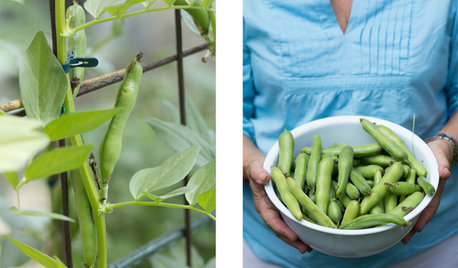
SUMMER FRUITS AND VEGETABLESSummer Crops: How to Grow Beans
Grow your own beans for amazing variety and healthy, convenient produce all summer
Full Story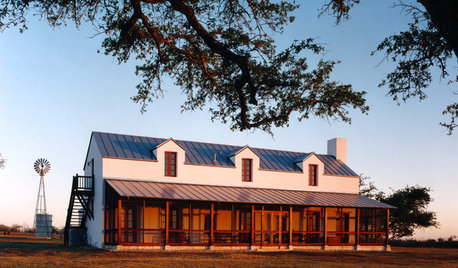
FARMHOUSESHouzz Tour: German Tradition Deep in the Heart of Texas
Rooted in architecture from the 1800s, this award-winning home mixes history with the vernacular of today
Full Story
LANDSCAPE DESIGN5 Reasons to Consider a Landscape Design-Build Firm for Your Project
Hiring one company to do both design and construction can simplify the process. Here are pros and cons for deciding if it's right for you
Full Story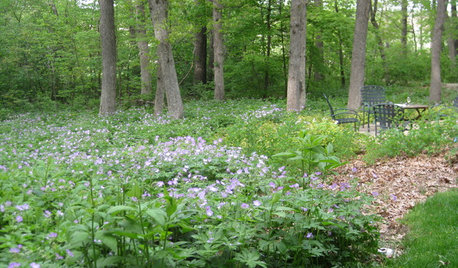
GARDENING GUIDESWe Bust 4 More Native Plant Myths
Have you been taken in by these fallacies about gardening with native plants?
Full Story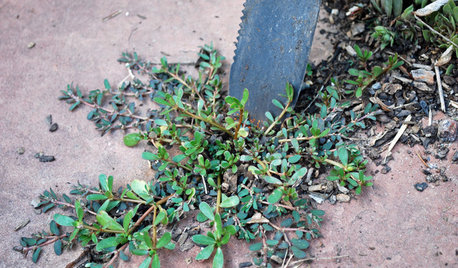
GARDENING GUIDES5 Ways to Naturally Win the Weed War
Show irksome weeds no mercy with these tricks for combating them sans chemicals
Full Story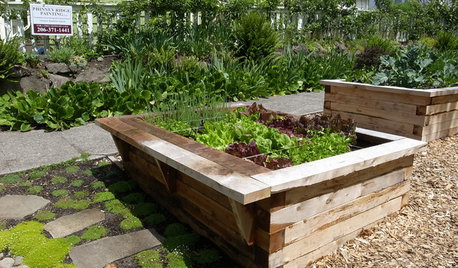
FARM YOUR YARDHow to Build a Raised Bed for Your Veggies and Plants
Whether you’re farming your parking strip or beautifying your backyard, a planting box you make yourself can come in mighty handy
Full Story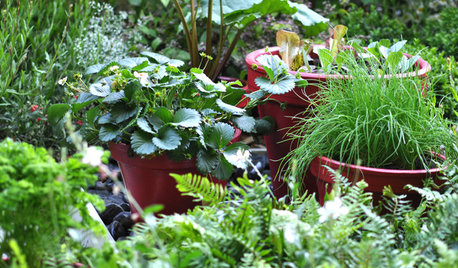
FARM YOUR YARDHow to Grow Vegetables in Containers
Get glorious vegetables and fruits on your patio with a pro’s guidance — including his personal recipe for potting mix
Full Story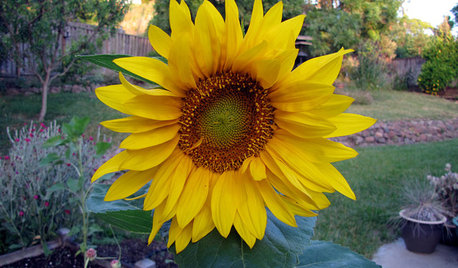
MOST POPULARSummer Crops: How to Grow Sunflowers
Savor snack-tastic sunflower seeds once the radiant blooms have faded — if the birds have saved you any, that is
Full Story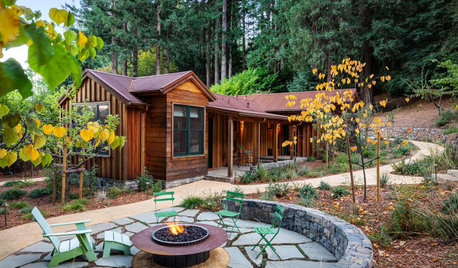
FALL GARDENING7 Reasons Not to Clean Up Your Fall Garden
Before you pluck and rake, consider wildlife, the health of your plants and your own right to relax
Full Story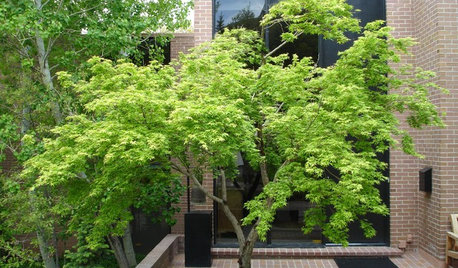
ROCKY MOUNTAINS GARDENINGRocky Mountain Gardener's February Checklist
Get smart with your seeds, strike with oil to manage pests and practice proficient pruning — your trees and shrubs will thank you
Full Story0
Sponsored



zeedman Zone 5 Wisconsin